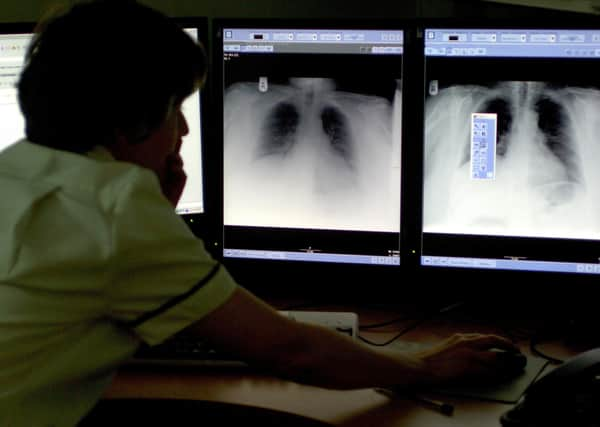Peterborough continuing to see around 40 cases of tuberculosis each year


After decades of preventative measures all but eradicating it from the population, TB Alert, the UK’s national charity for the disease which primarily affects the lungs, said it is “worrying” that the number of cases across England rose.
It also said that people who have TB, or have suffered lasting effects from it, may be at increased risk from coronavirus due to the weakening of the respiratory system.
Advertisement
Hide AdAdvertisement
Hide AdPublic Health England figures show there were 40 cases of TB on average each year in Peterborough between 2017 and 2019.
This was the same number as were diagnosed each year between 2016 and 2018.
In contrast, the picture is even worse in the rest of England, where the number of cases of tuberculosis rose by two per cent to 4,725 last year – ending seven successive years of falling numbers.
The disease is curable using antibiotics but can be fatal if left untreated.
Advertisement
Hide AdAdvertisement
Hide AdTB Alert said it is responsible for more deaths than any other infection worldwide, and called for PHE’s national TB action plan for 2020-25 to be launched as soon as possible.
In Peterborough, the rate of TB was alarmingly 19.9 cases for every 100,000 people – compared to 8.4 across the whole of England.
The East of England had the fifth highest rate on average of the nine English regions, with 6.1.
Mike Mandelbaum, chief executive of the organisation, said: “It is worrying that the number of people with tuberculosis rose in 2019.
Advertisement
Hide AdAdvertisement
Hide Ad“We should take this as an early warning sign so that we don’t return to a pattern of rising rates like we saw in the 1990s and 2000s.”
Like Covid-19, tuberculosis is an airborne disease that can be passed on by inhaling tiny droplets from an infected person’s coughs and sneezes.
But it does not spread as easily as the cold or the flu, with prolonged periods of close contact with an infected person needed to catch it – and not everyone with TB is infectious.
Mr Mandelbaum added: “TB can affect nearly any part of the body but most often it affects people’s lungs, which is also the organ attacked by Covid-19.
Advertisement
Hide AdAdvertisement
Hide Ad“If people have TB or have been cured of it but left with damaged lungs, they may be at increased risk from Covid-19.
“They should ensure that any doctor treating or advising them knows their full medical history.”
A PHE spokesman said England has surpassed the World Health Organization’s targets to reduce TB rates to 10 per 100,000 and is progressing towards the “pre-elimination stage”, defined as 10 cases per million.
He added: “Despite a small rise in case numbers, the TB rate in England remains below the WHO definition of a low-incidence country, for a third consecutive year.”